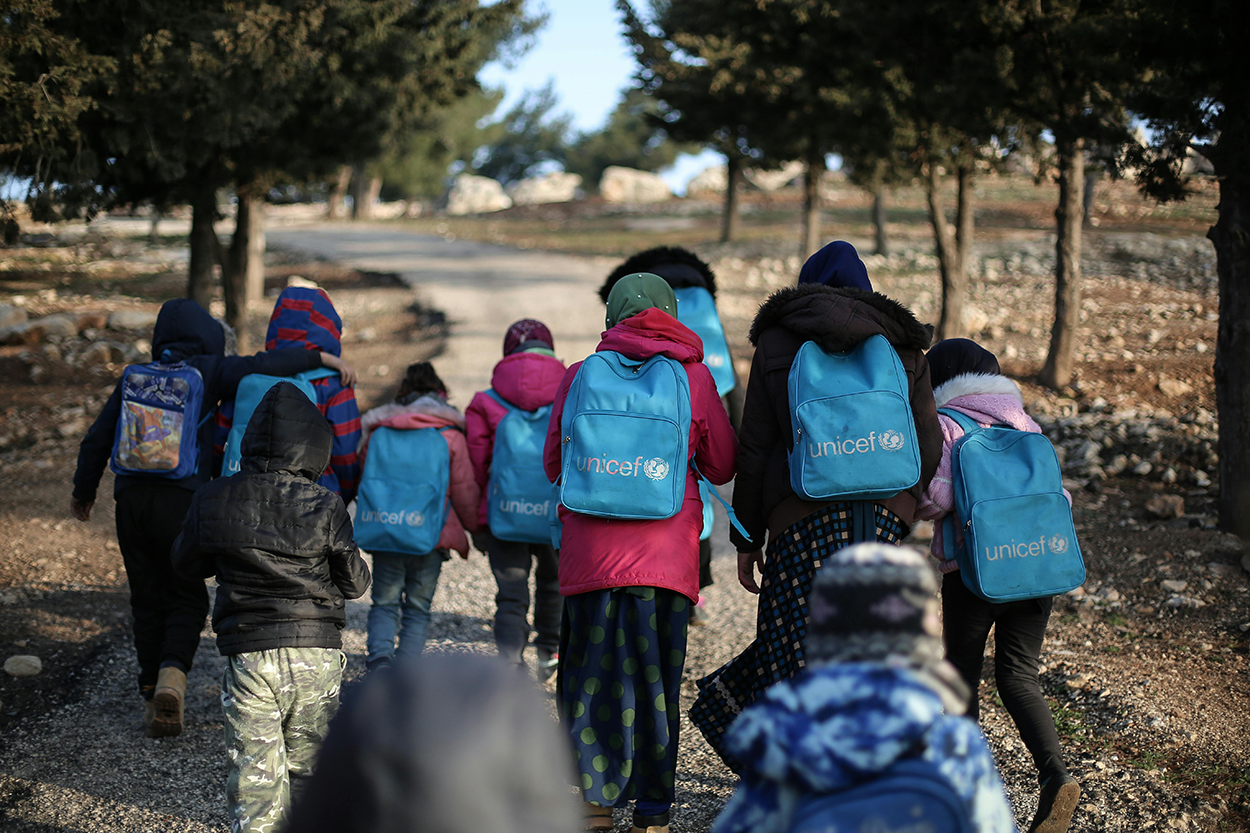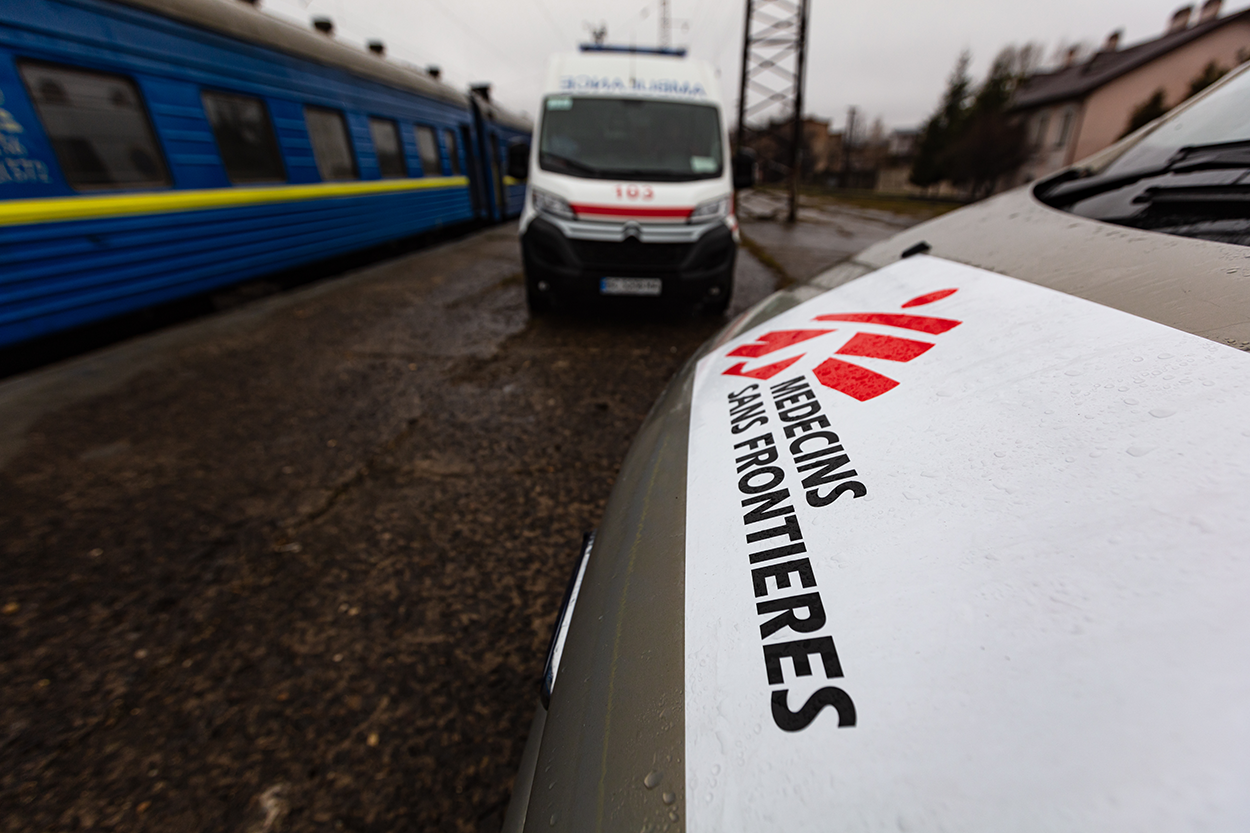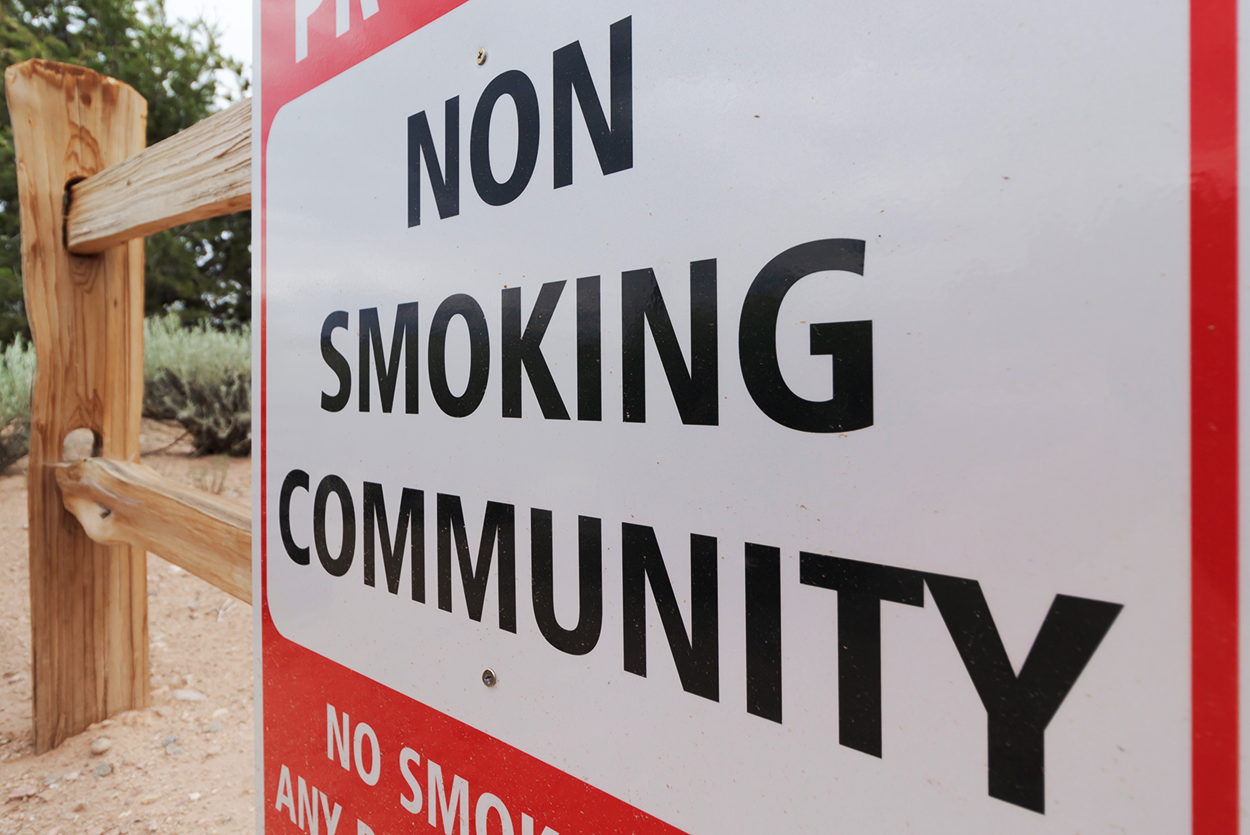Table of Contents |
Public health NGOs mobilize private funds for health care, family planning services, food supplies, and community development. They include various groups such as independent cooperatives, community associations, women’s groups, and pastoral associations (Anbazhagan & Surekha, 2021). NGOs in public health work tirelessly to improve health outcomes, advocate for policies, and address global health challenges. Their diverse efforts contribute significantly to the well-being of communities around the world. NGOs are independent entities that focus on goals related to cultural, social, environmental, educational, or disaster response situations. There are several types of NGOs, including U.S./domestic NGOs and global health, scientific, and public health NGOs.
UNICEF is mandated by the United Nations General Assembly to advocate for the protection of children’s rights, meet their basic needs, and expand their opportunities to reach their full potential. UNICEF advocates for child rights, as guided by the Convention on the Rights of the Child, and strives to establish children’s rights as enduring ethical principles and international standards of behavior. UNICEF responds in emergencies to protect the rights of children, ensuring special protection for disadvantaged children like victims of war, disasters, extreme poverty, violence, and exploitation and those with disabilities. UNICEF activities also include ensuring immunizations, administering treatment for children and mothers with HIV, enhancing nutrition, and improving sanitation. UNICEF also seeks to promote equal rights for women and girls and supports their full participation in educational, political, social, and economic development. UNICEF works across 190 territories and countries to ensure every child can grow up healthy, educated, protected, and respected (UNICEF, n.d.).
This image shows children wearing UNICEF provided backpacks demonstrating the impact and engagement UNICEF has within the communities they serve.

The IFRC is the world’s largest humanitarian network. Their secretariat supports local Red Cross and Red Crescent actions in more than 191 countries, bringing together more than 16 million volunteers. The IFRC acts before, during, and after health emergencies to meet the needs and improve the lives of vulnerable people (IFRC, 2024). Their mission is to prevent and alleviate human suffering, contributing to the maintenance and promotion of human dignity and peace in the world. The IFRC believes that everyone, everywhere, should have access to essential health services, even during emergencies. Their services span health promotion, prevention, diagnosis, treatment, rehabilitation, and palliative care (specialized medical care that focuses on providing relief from pain and other symptoms of a serious illness); (Mayo Clinic, n.d.). They also organize blood drives and ensure a steady supply of safe blood. They tailor their work to provide health services in a local context to ensure they always use a community-led approach.
The CEPI is a global scientific NGO seeking to develop vaccines against infectious disease threats. Vaccines can help prevent outbreaks from becoming humanitarian crises. CEPI supports the development of vaccines to combat priority diseases for which no licensed vaccines are currently available (CEPI, 2024). Diseases that are targeted are ones that have epidemic and pandemic potential. Diseases like mosquito-borne chikungunya, which the WHO has highlighted as a major public health risk, and COVID-19, caused by the SARS-COV-2 virus, are two diseases for which CEPI is the leading funder of research for vaccine development. CEPI also works to expand access to Ebola virus vaccines by supporting continued research and development against the virus (CEPI, 2024).
Doctors Without Borders, also known as Medicins Sans Frontieres, provides impartial medical humanitarian assistance to people who need it most in over 72 countries (Doctors Without Borders, n.d.). It has conducted over 16 million medical consultations and has admitted over 1.2 million patients to its clinics around the world. Its mission is to care for people affected by disease outbreaks, conflict, and natural- and human-made disasters and who do not have access to health care.

Some other types of public health NGOs include the World Bank, which provides financial and technical assistance to developing countries to invest in health (World Bank, 2024), and the Kaiser Family Foundation (KFF), an independent source for health policy research that provides data and information on the United States’ role in global health (KFF, 2024).
NGOs play a crucial role in advocating for policy change to address global health challenges. They conduct research to gather evidence on health issues to inform their advocacy efforts. They use data, studies, and reports to demonstrate the impact of specific policies or the need for change. NGOs collaborate with other organizations and governments to amplify their voices and create a unified front to advocate for policy change. They also analyze existing policies and identify gaps or areas that need improvement. They will then make recommendations to policymakers.
Depending on the country and the cause, some NGOs will also engage directly with policymakers, legislators, and government officials by participating in meetings, hearings, and consultations to present their case for policy change. They will lobby policymakers to influence legislation and regulations and will advocate for specific bills, amendments to existing bills, or policy reforms. NGOs will also raise public awareness with campaigns about health issues and policy gaps. Using media campaigns, social media, and community events, they will mobilize public support for change. Finally, NGOs track policy implementation and assess its impact. They hold governments accountable for fulfilling their commitments (Paul, 2000).

The tobacco industry is known for its attempts to thwart public health efforts to reduce or eliminate tobacco use worldwide. The WHO Framework Convention on Tobacco Control (WHO FCTC) is an international treaty negotiated under the auspices of the WHO. It was adopted by the World Health Assembly in 2003, and it entered into force in 2005. It is the most widely embraced treaty in United Nations history (WHO FCTC, 2003). The WHO FCTC was developed in response to the worldwide tobacco epidemic and is an evidence-based treaty that reaffirms the right of all people to achieve the highest standard of health. The treaty addresses tobacco industry activities such as global marketing, transnational tobacco advertising, promotion and sponsorship of front groups pretending to be NGOs for public health but are sponsored by the tobacco industry, and the international movement of contraband and counterfeit cigarettes in the black market, all of which have contributed to the explosive increase in tobacco use.
Other public health policy issues undertaken by NGOs include women’s rights, Indigenous peoples’ rights, LGBTQ+ rights, environmental agreements, and arms control and disarmament such as reducing the proliferation of nuclear weapons and promoting peace (Paul, 2000). NGOs operate within legal and ethical boundaries, respecting the sovereignty of the governments they serve for positive health outcomes for all.
Source: THIS TUTORIAL WAS AUTHORED BY SOPHIA LEARNING. PLEASE SEE OUR TERMS OF USE.
Disclaimer: The use of any CDC and United States government materials, including any links to the materials on the CDC or government websites, does not imply endorsement by the CDC or the United States government of us, our company, product, facility, service, or enterprise.
REFERENCES
Anbazhagan, S., & Surekha, A. (2021). Nongovernmental organizations (NGOs) in global health. In R. Haring, I. Kickbusch, D. Ganten, & M. Moeti (Eds.), Handbook of global health. Springer. doi.org/10.1007/978-3-030-05325-3_118-1
Coalition for Epidemic Preparedness Innovations. (2024). Priority diseases. cepi.net/priority-diseases
Doctors Without Borders. (n.d.). Who We Are. www.doctorswithoutborders.org/who-we-are
International Federation of Red Cross and Red Crescent Societies. (2024). Who are we and what do we do? www.ifrc.org/who-we-are/about-ifrc
Kaiser Family Foundation. (2024). Global health policy. www.kff.org/global-health-policy/
Mayo Clinic. (n.d.). Palliative care. www.mayoclinic.org/tests-procedures/palliative-care/about/pac-20384637#:~:text=Mayo%20Clinic%20Overview%20Palliative%20care%20is%20specialized%20medical,you%20cope%20with%20side%20effects%20from%20medical%20treatments.
Paul, J. A. (2000, June). NGOs and global policy-making. Global Policy Forum. archive.globalpolicy.org/component/content/article/177-un/31611-ngos-and-global-policy-making.html
United Nations Children’s Fund. (n.d.). UNICEF mission statement. www.unicef.org/about-us/mission-statement
WHO Framework Convention on Tobacco Control. (2003, May 25). Overview. fctc.who.int/publications/i/item/9241591013
World Bank. (2024). Who we are. www.worldbank.org/en/who-we-are